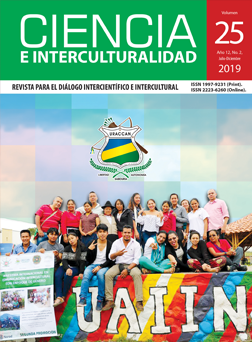Own Communication and the Role of Women: A Strategy for Cultural Survival of the Sia People in Playita Indigenous Reserve, San Francisco, López de Micay Municipality, Pacific Coast, Cauca, Colombia
DOI:
https://doi.org/10.5377/rci.v25i2.8575Keywords:
Gender roles, Woman, Territory, Own communication, WorldviewAbstract
The article shows the unfavorable conditions in which studies dedicated to our own communication, gender, territory and our own education are poorly studied in our context and therefore our ways of thinking and acting are not visible. Hence, the objective of this research is to know the topics covered in these publications, taking into account the development of their own epistemologies in relation to the territory, gender roles, the own education, among others. As a methodological strategy, an information search was made in sociological, cultural, and anthropological databases. The main keywords used were; women and gender, own communication, own education, territory, and spirituality. Original articles, reviews and monographs, national and international, published between 1990 and 2005 were included.
Downloads
765
HTML (Español (España)) 223
EPUB (Español (España)) 262
Resumen (Audio) (Español (España)) 228
Abstract (Audio) 212
Downloads
Published
How to Cite
Issue
Section
License
Copyright © (URACCAN)

This journal is licensed under a Creative Commons Attribution-NonCommercial-NoDerivatives 4.0 International License.
This license allows others to download the works and share them with others, as long as their authorship is acknowledged, but they can not be changed in any way nor can they be used commercially.




